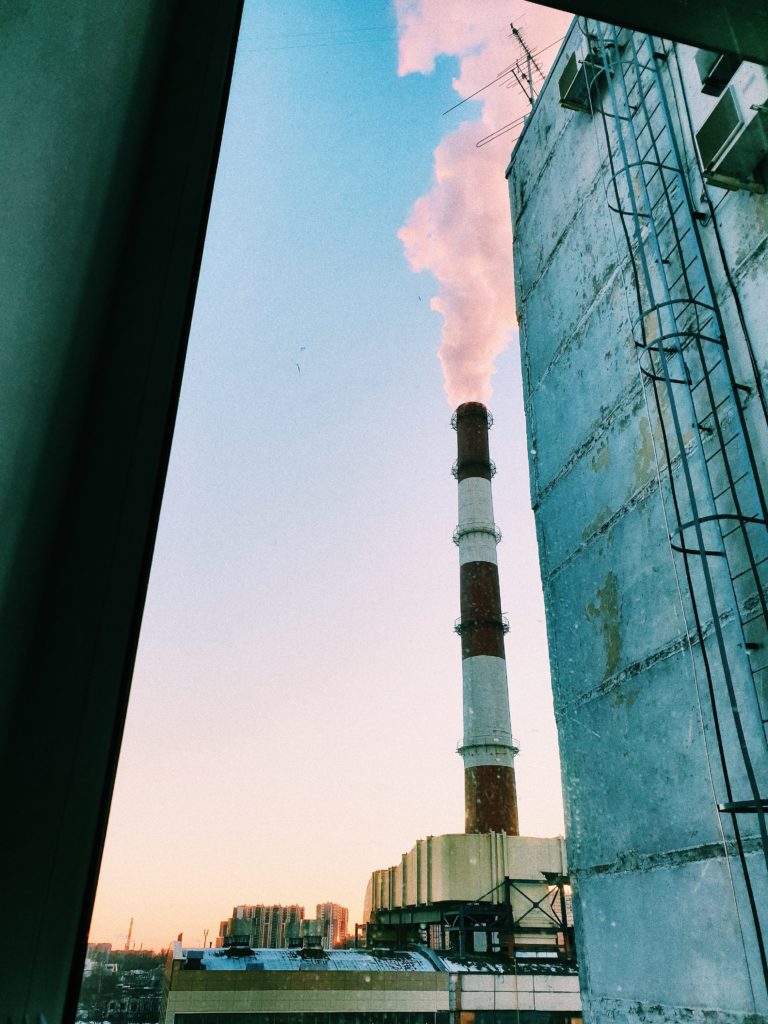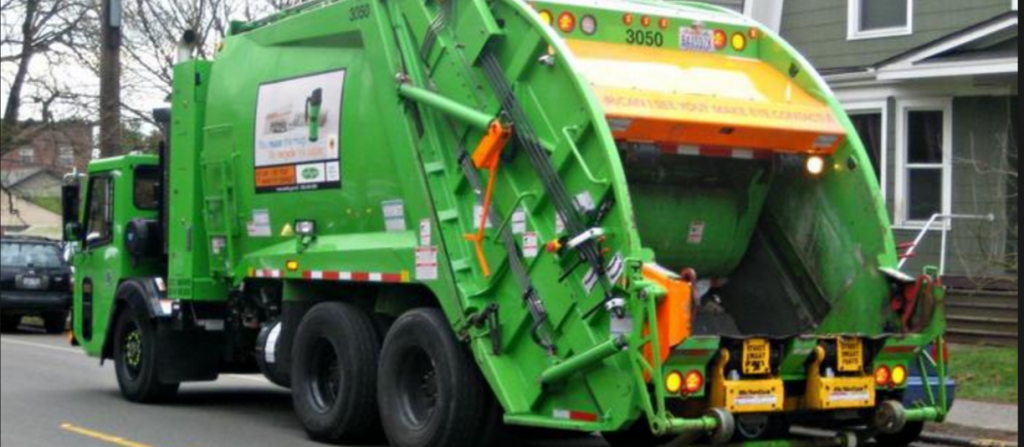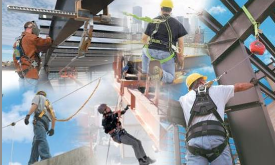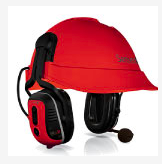Mining, oil and gas workers at risk of hearing loss Hearing loss is prevalent in workers in the mining and oil and gas extraction sectors, researchers have found. At least 25 percent of workers in many industries and as much as 30 percent of workers in others had hearing loss, according to a recently published report.
Approximately 61 percent of all workers in mining and oil and gas extraction have been exposed to hazardous noise levels on the job. Certain chemical exposures in the industries also pose hearing loss risks. “Prevalence of hearing loss among noise-exposed workers within the Mining and Oil and Gas Extraction sectors, 2006-2015” appears in the American Journal of Industrial Medicine.
New, specific findings In the mining sector, 24 percent of all noise-exposed workers had hearing loss. Workers in the construction sand and gravel mining industry had the highest prevalence of hearing loss at 36 percent, followed by:
- 31 percent of noise-exposed workers in uranium-radium-vanadium ore mining;
- 28 percent in bituminous coal and lignite surface mining;
- 27 percent in iron ore mining; and
- 24 percent in copper ore and nickel ore mining. Noise-exposed workers in coal mining support activities had double the risk of hearing loss compared with couriers and messengers, a low-prevalence comparison industry.
Noise-exposed workers in gold ore mining had a 71 percent higher risk of hearing loss than couriers and messengers. In the oil and gas extraction industry sector, researchers found that:
- Overall, 14 percent of noise-exposed workers in the sector had hearing loss.
- Within natural gas liquid extraction, 28 percent of noise-exposed workers had hearing loss and a 76 percent higher risk of hearing loss than couriers and messengers.
However, no data were available for two of the largest industries—crude petroleum and natural gas extraction and drilling oil and gas wells, indicating a need for more worker surveillance. The study is the first to examine hearing loss prevalence and risk by industry within the mining and oil and gas extraction sectors. Researchers at the National Institute for Occupational Safety and Health’s (NIOSH) Taft Laboratory in Cincinnati, Ohio, conducted the latest study.
Preventing occupational hearing loss Noise exposures not only can cause hearing loss, according to NIOSH, but also are associated with elevated cholesterol levels and high blood pressure. NIOSH’s recommended exposure limit for occupational noise exposure is 85 decibels. Noise levels are measured as an 8-hour, time-weighted average.

Steps employers can take to prevent occupational hearing loss include:
- Removing or reducing noise at the source,
- Implementing an effective hearing conservation program when noise cannot be reduced to safe levels,
- Using engineering controls to reduce equipment noise,
- Rotating workers out of loud areas and from noisy tasks to decrease their exposure time, and
- Identifying and eliminating any barriers to the use of hearing protection devices.
- Personal protective equipment for hearing protection includes ear canal caps; expandable foam ear plugs; premolded, reusable plugs; and earmuffs. Learn More about personal hearing protection.
SOURCE
https://safety.blr.com/workplace-safety-topics/employee-safety/noise-hearing-protection/






 hearing loss for use as hearing protection in the 20 dB style.
hearing loss for use as hearing protection in the 20 dB style.
